
Don’t hate him because he’s beautiful. The supermodel turned actor is doing all he can to find a cure.
December 17 2014 5:34 PM EST
True
May 26 2023 2:46 PM EST
By continuing to use our site, you agree to our Private Policy and Terms of Use.

Tyson Beckford was 12 years old when he straddled his first motorcycle. Little did he know that a couple decades later he’d be riding a hog across the country, raising money and awareness for an HIV cure. Growing up in the Bronx by way of upstate New York, the multiracial Beckford later made fashion history in the 1990s as the first black male supermodel. (The Source magazine found him; Ralph Lauren brought him to fame.) Growing up he was teased for the uniquely good looks he inherited from his father, Lloyd Beckford, a Chinese Jamaican, and his mother, Hilory Dixon, who is Panamanian Jamaican, but like Naomi Campbell (who is also black and Chinese), he proved those childhood bullies were way off base. Now the 43-year-old model, activist, and TV personality — he was cohost of Bravo’s Make Me a Supermodel, among other gigs — is turning heads as an actor. He costarred in the indie hit Addicted and has a slew of other movies on their way to theaters. Most anticipated — the black strip-club film Chocolate City, from which leaked test shots have been making the Internet rounds since October, reminding everyone that the man who has made lists including VH1’s 40 Hottest Hotties of the ’90s and People’s Most Beautiful has never looked better. Not bad for a guy old enough to have a son, Jordan, who appeared once on the reality show, Candy Girls.
You’ve done the Kiehl’s LifeRide for amfAR several times. What’s that event like for you?
It’s not so much an event. It’s more like hanging out with your family and riding a motorcycle. It’s fun. And then the last day, it’s so, so emotional. You know what I mean? It’s more draining than the ride itself, because it’s the day that you go and read the names, and that’s the date you’re getting ready to say goodbye to all of the other riders.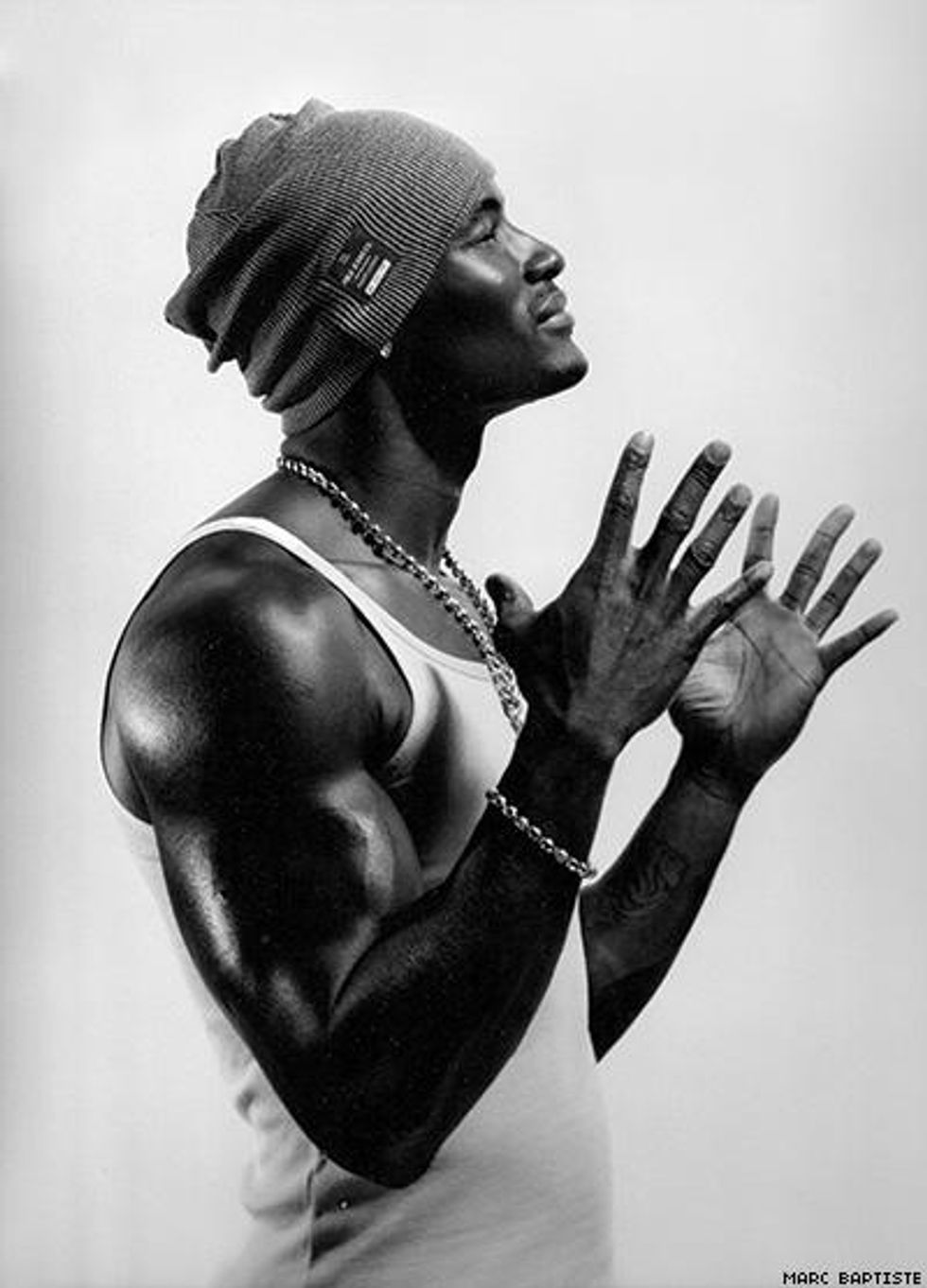
Yes. That’s the most emotional part of the whole ride.
Have you ever lost anybody in your life?
Oh, yeah. I lost my cousin. She was a nurse. She was taking care of someone with HIV, and as they were cleaning up the sheets she got pricked by a needle. That was it for her. It was very rapid — within six months.
Was that before they had PEP?
Yeah, long before they had PEP and before they even knew what they were dealing with.
The black community is among the hardest hit by HIV and AIDS.
These diseases, they don’t pick a color. They just impact whoever they want, you know? It’s just sad.
Let’s face it. You’re sexy as hell. You’re a supermodel and your personal brand is about fitness and vitality. Has anyone ever cautioned you against aligning yourself with a cause like HIV?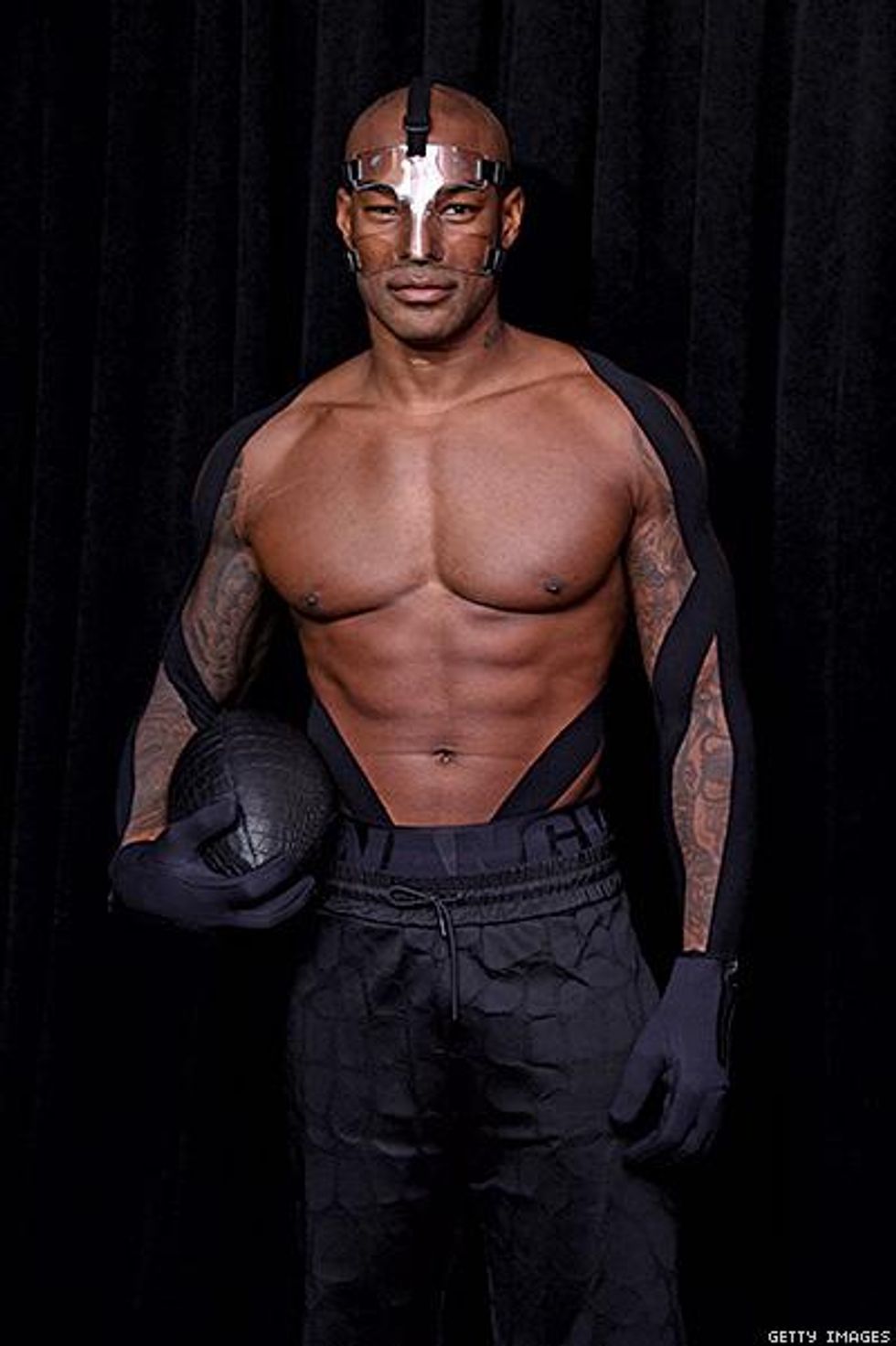
No, never. Long before I was known to the world as anybody, I always was a strong believer in the gay community and a big supporter of finding a cure for HIV and breast cancer. I just do things that I think are morally right. I don’t really pay any attention to anyone saying any negative stuff. And they wouldn’t, because they see how passionate I am for it.
AmfAR’s goal is to cure HIV by 2020. Do you think this is possible?
Yes. There are some cases of people being cured already. They don’t want to make a big deal out of it yet, ’cause you still got to monitor and see if it really is working. I think it can be done. We’re very, very close. You can almost feel it, you know? And it brings a smile to my face when I think about it.
I just came from the U.S. Conference on AIDS, and there were a lot of people talking about how misinformation is increasing the HIV rate in the South.
I was just telling my girlfriend about how bad it is in Atlanta. It’s gotten really bad there. We definitely got to learn to be safe and to just keep pushing to find this cure. It’s sad to say, we’re going to lose some people on the way to this. But we can’t stop what we’re doing to raise awareness and funds for the cure, because we’re really close.
What was your first HIV test like? Were you nervous?
I wouldn’t say it was scary. You want to know, you know? [And after it was over] it was like, OK, that’s it?
There’s all this anxiety and then you’re like, it’s just a blood test.
Yeah, exactly. So it’s good to go and know. It was painless. I mean, besides the little prick. That was it.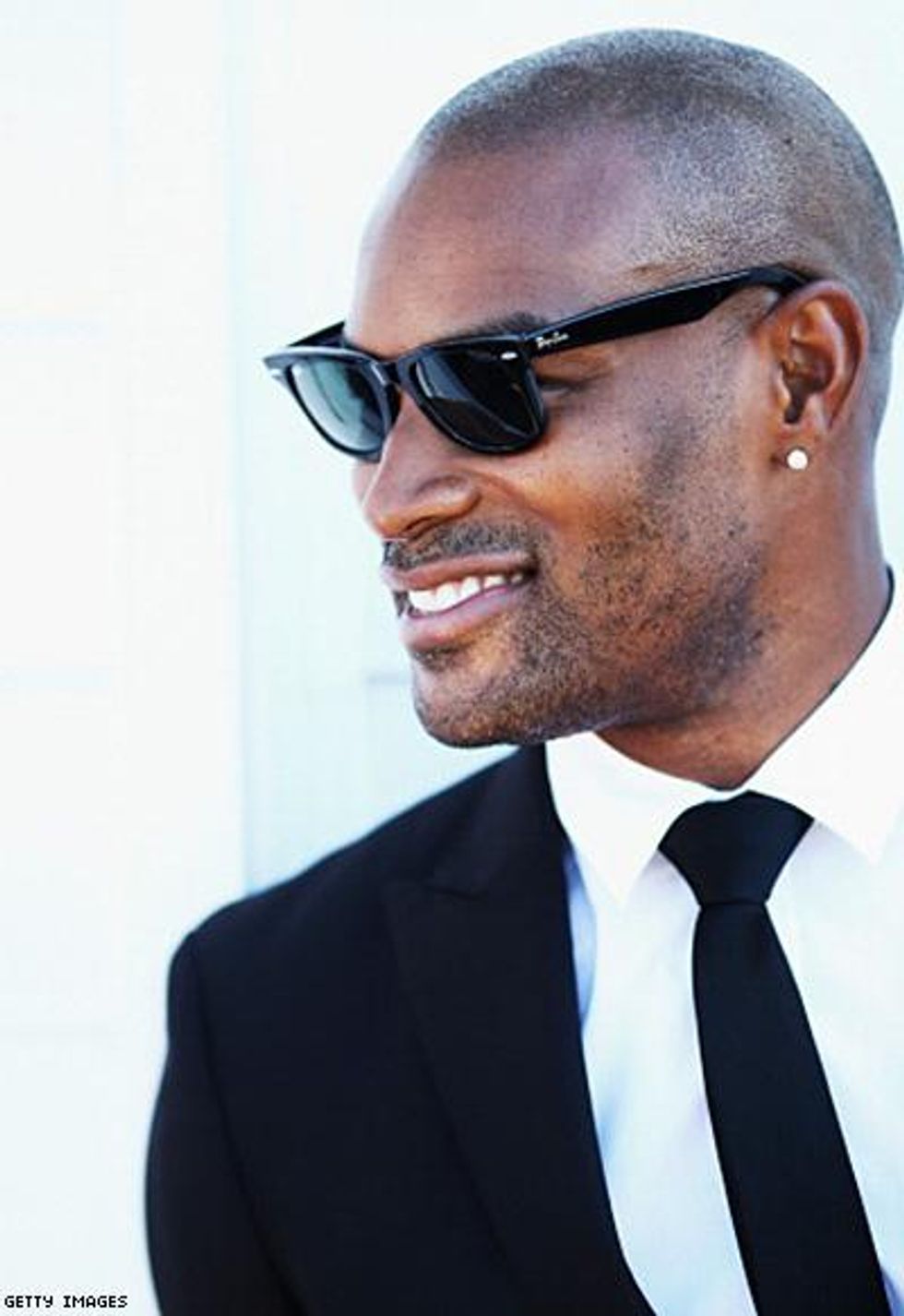
I work out. I take my time and do what I do. I don’t let that industry control who I am. I see a lot of times where people have gotten caught up in the industry and gotten themselves into trouble drinking, taking drugs, partying too hard. I don’t. I choose when I want to go out, and I choose if I want to drink or not. You just can’t let yourself get caught up in it, because you do have to look good. You’re not looking good if you’ve been out drinking all the time.
Does the men’s fashion industry deal with the same kind of body dysmorphia and body image issues as women’s fashion?
No, not as far as the men going to the bathroom and throwing up and stuff like that. We don’t do that. We just go to the gym. A man’s body gets in top shape quicker than women do. It’s hard for us to really not be in shape for something.
That kind of makes me hate you. [Laughs]
No, I mean we have more muscle mass. So when we go running or play basketball or do something active — skateboarding, cycling — it drops off quicker. So for me, I’m always maybe a few days or one week away from being as shredded as I want to be. If I know I got something coming up, like a naked shoot, I know how much time I need to get right for that shoot. Once you know the formula for your body and how it works, it’s so easy to jump right back in it.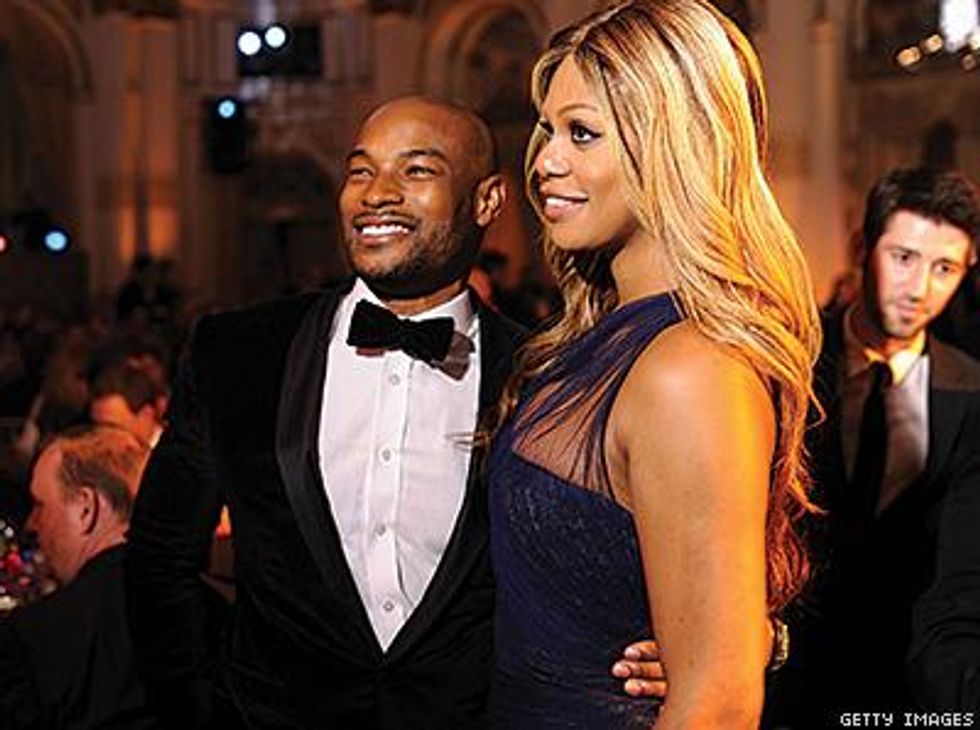
But I imagine you never really let yourself go.
Yeah, that’s true. You never really let yourself go.
You’ve got a couple of film projects coming up.
Yeah, Addicted is out now. I just got the numbers for that. We made $16.5 million as of Monday. And then we have Chocolate City getting ready to come out soon. We might enter it into Sundance, so we hope it gets in. And then there’s another film, called No Black Girls, Please. That was the working title, but I think the title now is Supermodel. And that’s another one that was being filmed to go to the Sundance Film Festival this year. So I might have two films in Sundance this year, which is almost unheard of at this point.
Which of those was your favorite to film?
I enjoyed filming Chocolate City more than I enjoyed filming for No Black Girls, Please, because Chocolate City was a dancing movie, and I’ve never done anything like that before. And as we speak now, I hear they’re writing part 2. Last week they had a screening and the fans went crazy for it.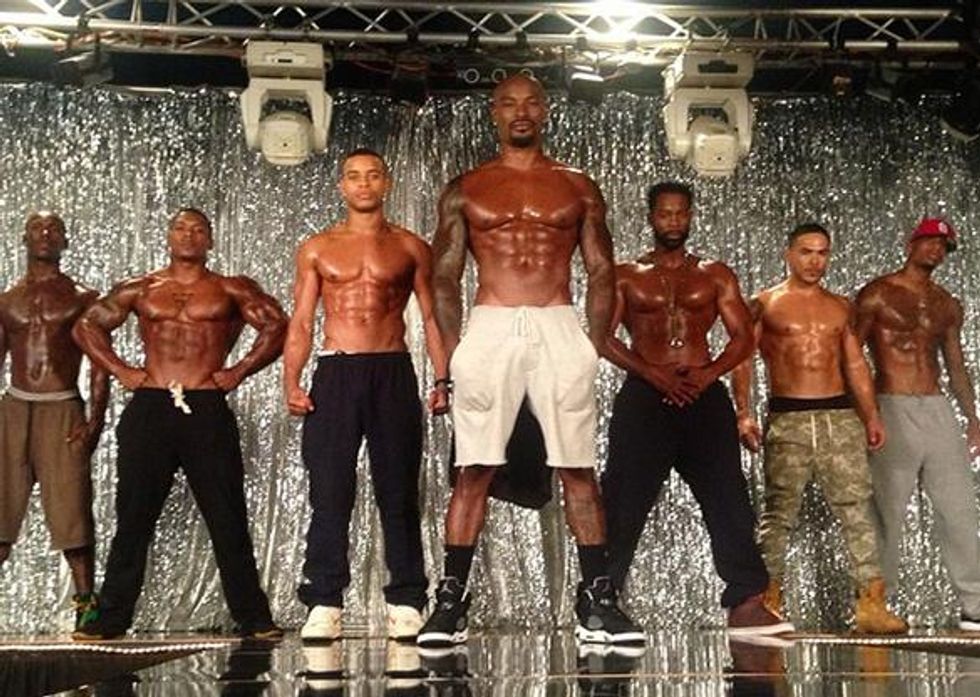
Tell me a little bit about your role in that.
I play this aging stripper who’s upset — he’s the head guy at that strip club, and he’s been the breadwinner there for many years, and this new kid comes in, a younger guy [Robert Ri’chard from Coach Carter], and he starts to steal his shine. My character doesn’t like it. He gets jealous, and he starts to become the mean asshole of the strip club, and everybody hates him.
He’s a great actor, Robert.
Yeah, he left Hollywood for a while. He said he was done with it, but then a great film like this brought him back into the business. It’s good to see him back again.
When this movie comes out, are they going to start calling it the black Magic Mike?
I hate when people use that reference, because it’s totally about a different kind of experience. Black strip clubs and white strip clubs are totally different. There’s more performance, more energy in a black strip club than there is a white one because the bodies are a little bit more ripped, and the girls have bigger, you know, it’s more so about the butt in black strip clubs than it is about the top, for women. It’s about how big they are down there: how they shake, how they move, how they gyrate. It’s a different experience. I don’t want to say it’s more rhythm-driven, but it is a little bit more rhythm-driven. There’s a lot more acrobatic stuff in a black strip club.… They allow you more to touch in black strip clubs.
There was a underground lesbian strip club in L.A. that a woman spent several years making a documentary about.
Yeah, you’re talking about…ah, been there a few times.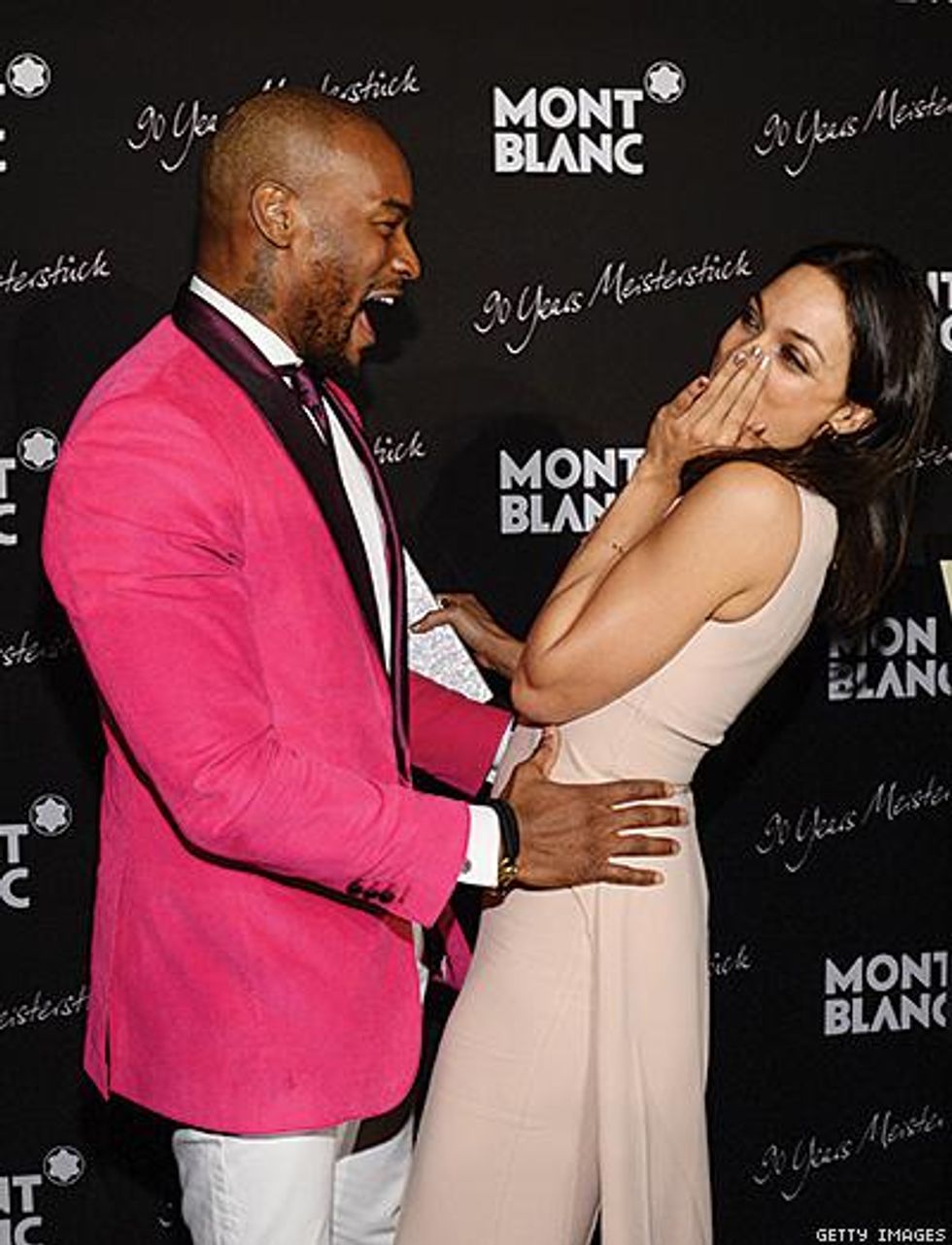
They only let in a certain amount of men. I was there in the heyday of it.
At right: With Rosario Dawson at Montblanc Celebrates 90 Years
You’ve made so many lists, like VH1’s 40 Hottest Hotties of the ’90s or People’s Most Beautiful list. What does that kind of thing mean to you nowadays?
It’s cool, and it brings people who don’t know about you to know about you. It also links back to some of the things you stand up for: amfAR, breast cancer, all the different things. It brings awareness to that when they give you those things. When you’re in People magazine’s Most Beautiful, or one year I was the most beautiful bearded man of whatever year that was, that was cool. People then tend to say, “OK, let me see what this person is about.” It brings you more fans, so it’s cool.
How important have your gay fans been throughout your career?
They’ve been very supportive of everything that I do, because they know that I support them. So they definitely supported me all the way through fashion. We brought in some gays and lesbians into the filming of Chocolate City because strip clubs have all different audiences. They don’t separate. We allow everyone to come to strip clubs, so that was very important that we had a table full of guys, a table full of girls. We wanted to show equality when we were making that movie. If you go into these clubs, you see all different kinds of people. It’s not just for women. It’s not just for men.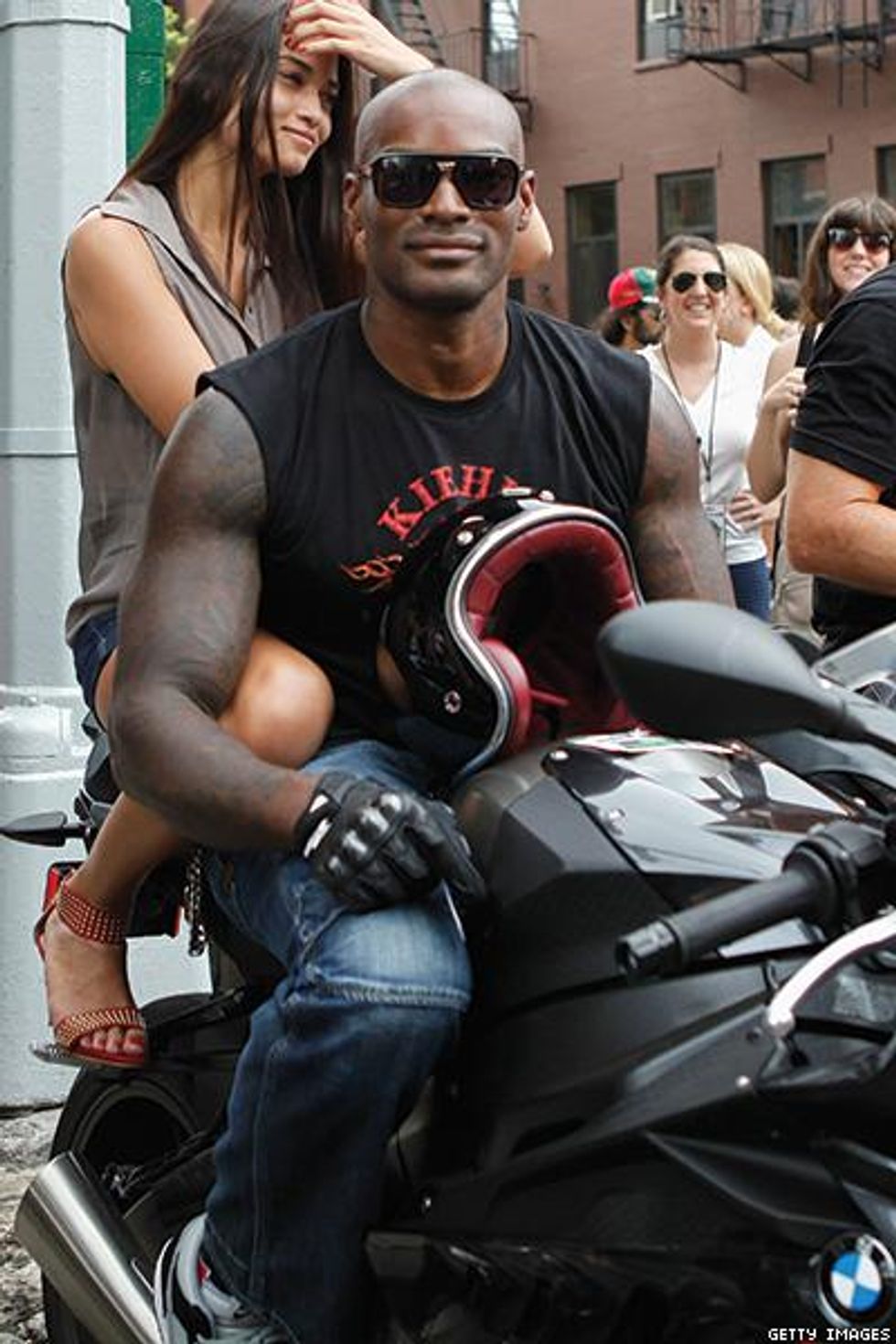
You’ve done a number of HIV fundraisers, like LifeRide and Move Against AIDS, and you’re an ambassador for Kick4Life. Why are these causes important to you, as opposed to the millions of others you could be involved with?
I try to do things that reflect me and are close to me and something that I also get out of it. I get the experience of meeting new people. And Kick4Life is a soccer organization [for kids], so it’s a lot of fun for me, because I love to play soccer. I try to do as many as I can that I feel connect with me.
What’s the most important thing you hope to achieve with your activism?
The most important thing that we’re trying to achieve is raising awareness. If it’s AIDS, HIV, breast cancer, cancer in and of itself, I’m always trying to push to raise awareness and to help find a cure.